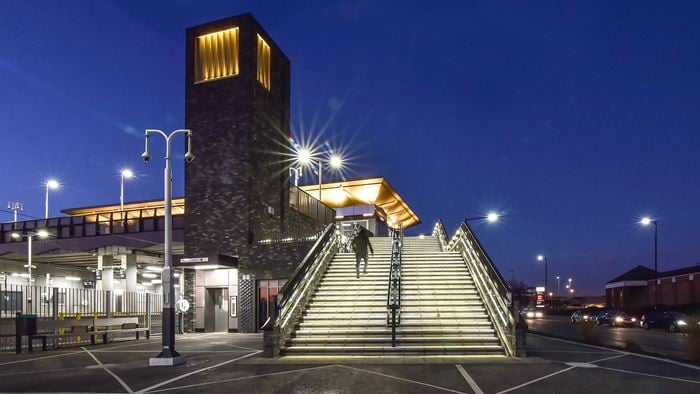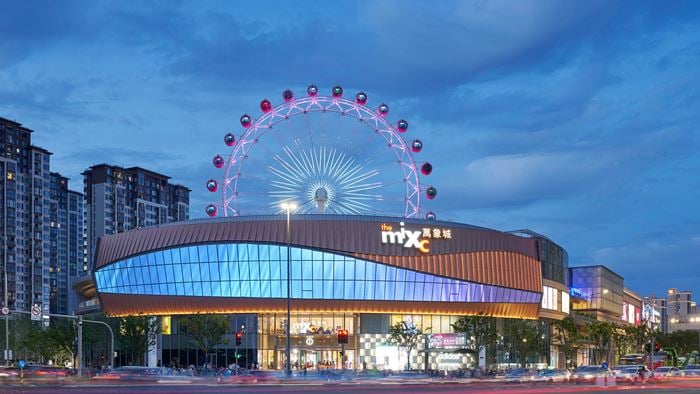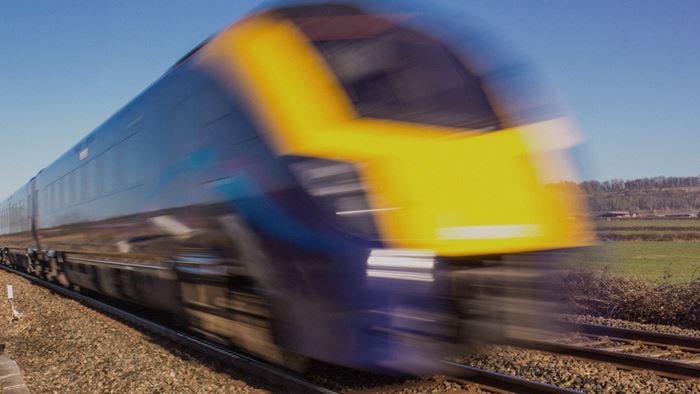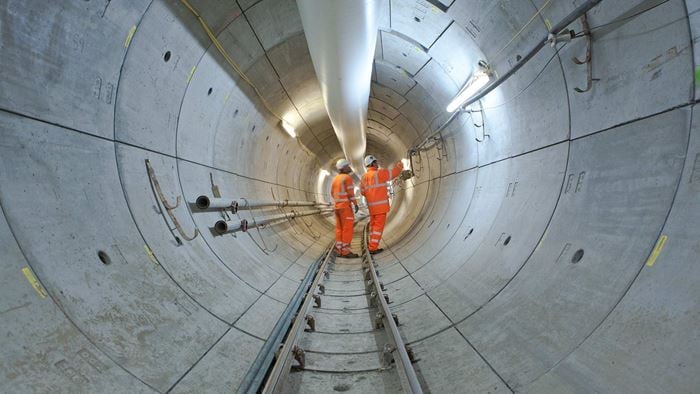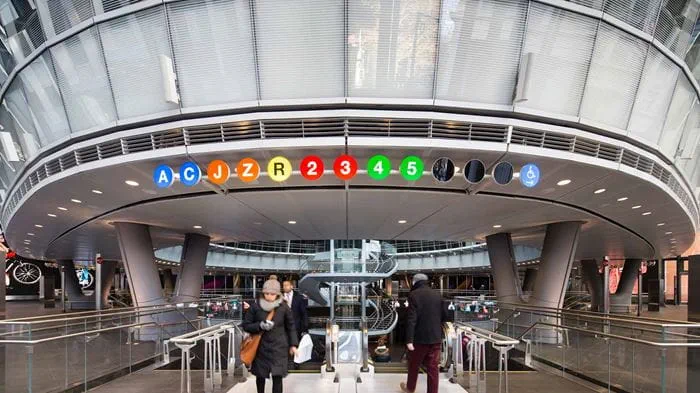The MRT Orange Line is a vital addition to Bangkok’s public transportation system, connecting the city centre to the east districts and addressing traffic congestion.
Following our successful work on the Bangkok MRT Blue Line Phase 1 North Section and its extension, Arup was appointed by Italian-Thai Development Ltd as their preferred partner to work on the detailed design of the section between Hua Mak and Khong Ban Ma stations.
The project involves the design and construction of approximately 4km long twin bored tunnels with three underground stations, three ventilation shafts and a cut-and-cover tunnel. The alignment runs through the city’s busiest roads and one of the three stations is located underneath a flyover. The alignment also passes beneath a myriad of canals, some of which needed to be diverted either temporarily during construction or permanently with a syphon structure.
Our scope of work included track and tunnel alignment, geotechnical, tunnelling, structural, civil, MEP, fire, tunnel ventilation, building services, station planning and architectural design.
Project Summary
4km long twin bored tunnels
3underground stations
20-30mbelow ground
Benefiting from long involvement
Our involvement in the MRT Orange Line (East Section) dated back to the tender stage where we provided multidisciplinary design services for three separate contract packages under the section. This enabled us to incorporate significant lessons learnt and utilise them in this project from the start.
Enabling fast-track construction
In Thailand, the design-to-construction timeline is often rapid, with minimal gaps in between. Designs are frequently reviewed, approved and promptly handed over to construction teams for immediate implementation.
To enable this rapid pace of construction, Arup used slightly more detailed basic designs that provided a solid foundation for construction to begin while allowing flexibility for incorporating other essential disciplines such as mechanical and electrical and ventilation designs.
We also relied on cutting-edge modelling and simulation tools to identify potential issues and optimise designs before construction began.
Innovating excavation approach
During the excavation of the underground station, one of the major challenges was the potential of basal instability. Gaps in the Second Stiff Clay were found through ground investigation information. The gaps could allow upward water flows from the underlying Second Aquifer Sand, posing a threat to the excavation.
To address this challenge, a bay-by-bay excavation approach was adopted along the cofferdam. The 250m long station was divided into bays of various lengths, and the excavation process was carefully managed and coordinated to ensure an adequate Factor of Safety against basal heave. As a result, significant cost savings were achieved by avoiding the need for extensive and expensive ground treatment works.
Ensuring fire and life safety
We also delivered a holistic fire safety strategy for the underground stations, tunnels and ancillary ventilation buildings, based on international fire code NFPA 130, to address and prevent major fire safety issues.
We adopted advanced computational modelling analysis to verify emergency evacuation patterns and smoke spread analysis to advise on the optimal smoke control system design for different smoke zones, including long adits with limitations in headroom and complex configurations.
Our use of advanced technologies and innovative solutions helped ensure that the fire safety systems meet the highest standards of safety and efficiency.
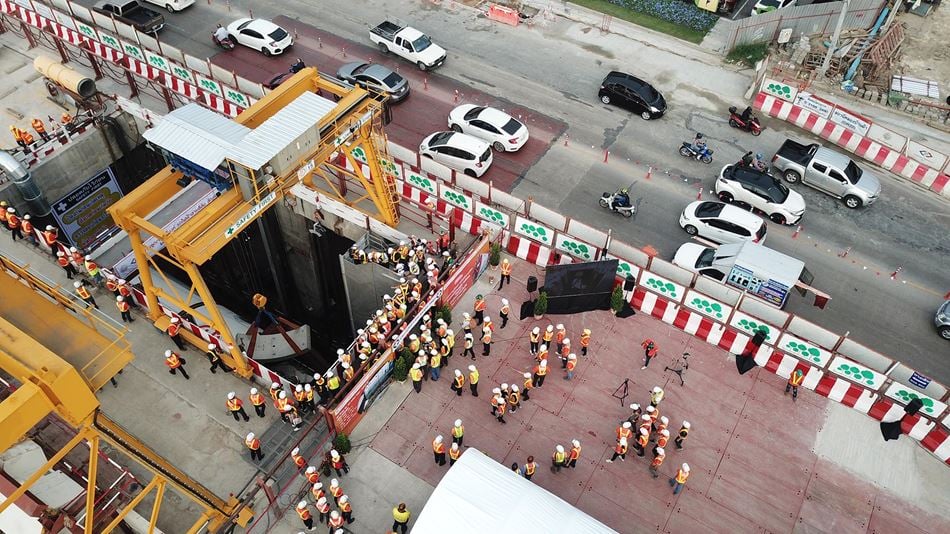
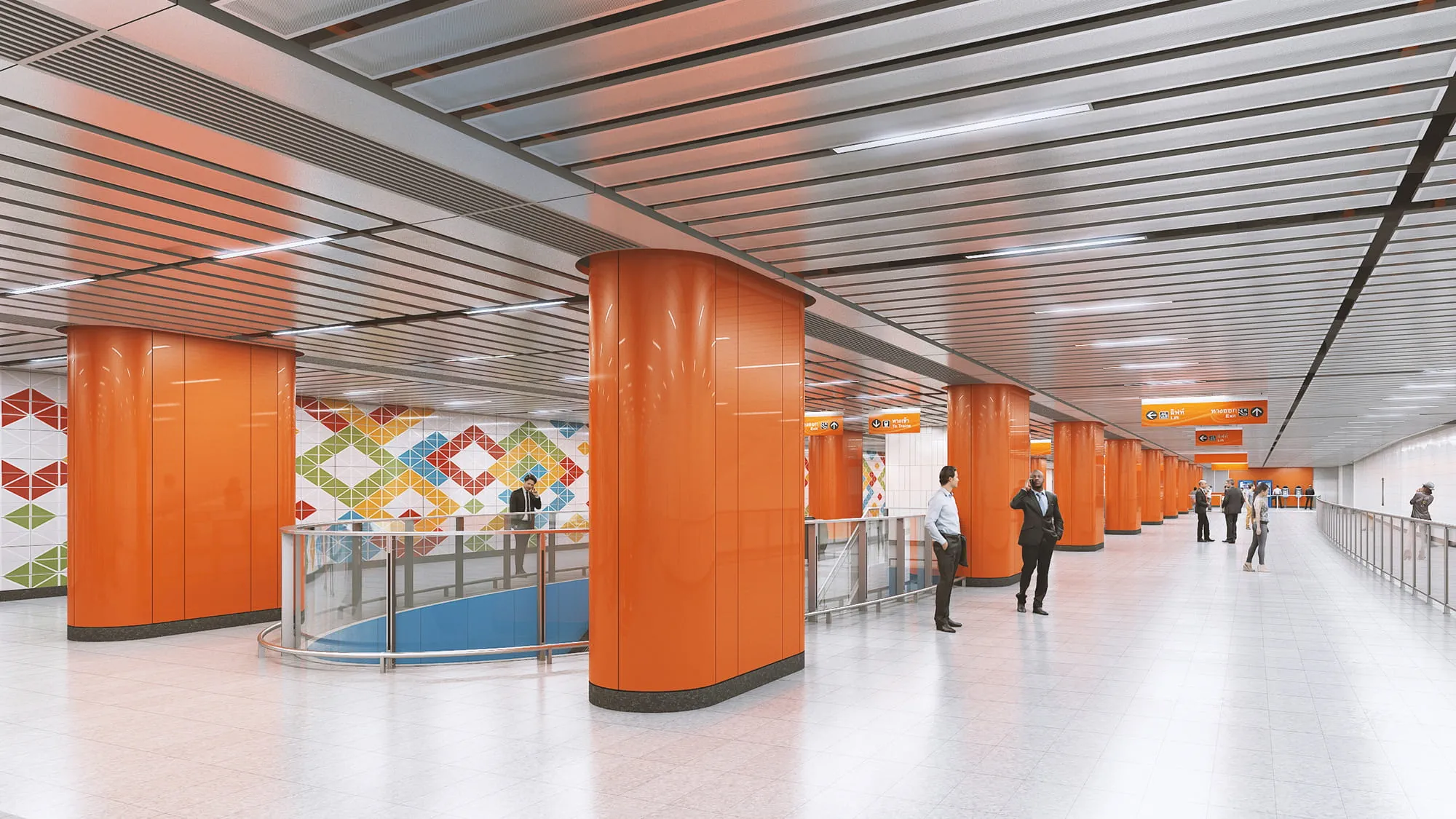 ;
;







